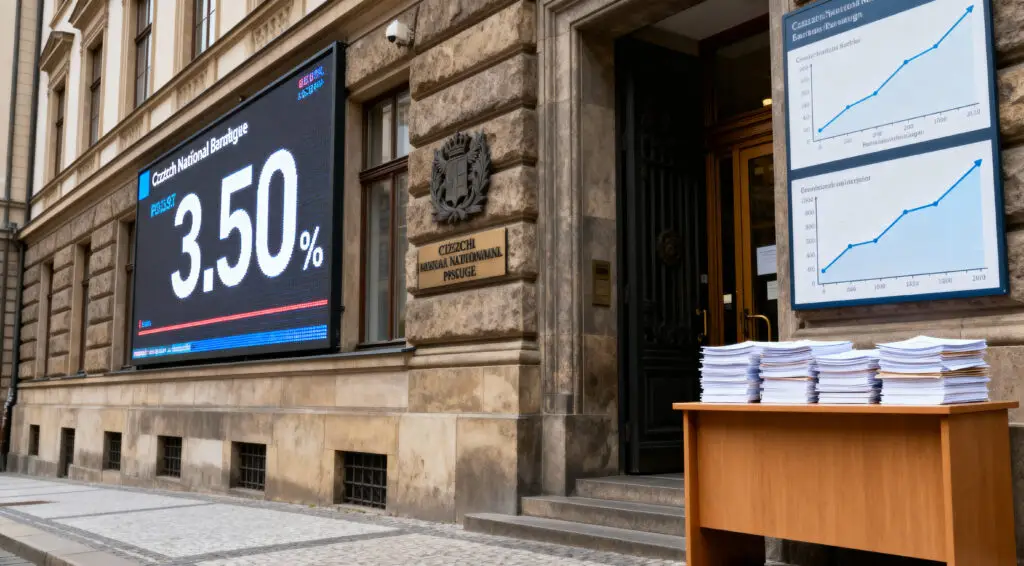The cryptocurrency landscape has witnessed a concerning surge in illicit activities during the first half of 2025, with investors collectively losing nearly $2.5 billion to scams and hacks. A recent quarterly report from blockchain security firm Certik sheds light on the evolving tactics of cybercriminals, highlighting “wallet compromise” and phishing as the predominant methods employed. This alarming trend underscores the persistent security challenges within the rapidly evolving crypto space, demanding heightened vigilance from both individual investors and industry platforms.
Escalating Losses in the Crypto Sphere
According to Certik’s comprehensive analysis, the first six months of 2025 saw a dramatic increase in financial losses due to crypto-related criminal activities. The gross value of stolen funds reached an estimated $2.47 billion across 344 security incidents. Even after accounting for assets that were successfully recovered or frozen by various trading platforms, the net loss remains a substantial $2.29 billion. This figure already surpasses the total adjusted losses of $1.98 billion reported for the entirety of 2024, indicating a deteriorating security landscape.
Q2 Sees Continued Onslaught
The second quarter of 2025 alone recorded 144 hacking or scam incidents. While the overall number of incidents in Q2 saw a slight decrease compared to Q1, the financial impact remained significant, with over $800 million lost during this period. This continuous stream of attacks emphasizes the ongoing threat posed by malicious actors in the digital asset ecosystem.
Dominant Attack Vectors: Wallet Compromise and Phishing
Certik’s report meticulously details the most effective attack vectors utilized by cybercriminals. Wallet compromise emerged as the most costly method, accounting for approximately $1.71 billion in stolen funds across 34 incidents. This highlights a critical vulnerability in how digital assets are secured. Following closely, phishing attacks were responsible for the theft of $410.75 million across 132 incidents, demonstrating a shift towards social engineering tactics where victims are tricked into revealing sensitive information.
The Bybit Breach: A Record-Setting Heist
A single, monumental incident significantly skewed the overall loss figures for the first half of 2025. North Korean hackers are suspected of orchestrating a massive theft of approximately $1.5 billion in assets from Bybit, one of the world’s largest cryptocurrency exchanges. This sophisticated attack, which occurred in February 2025, targeted Bybit’s cold wallet infrastructure, making it one of the largest crypto heists in history and a major contributor to the year’s staggering losses.
The Cetus Protocol Incident
Adding to the substantial losses, the Cetus Protocol, a decentralized exchange operating on the Sui blockchain, suffered a significant theft of around $220 million in May. This incident, along with the Bybit hack, collectively accounts for nearly $1.8 billion of the total losses reported by Certik, underscoring the impact of high-value, concentrated attacks.
Shifting Hacker Tactics
The report suggests a notable evolution in hacker methodologies. While smart contract vulnerabilities and blockchain infrastructure were once primary targets, criminals are increasingly focusing on exploiting human behavior through social engineering schemes. This shift necessitates a greater emphasis on user education and robust personal security practices.
Ethereum and Bitcoin Most Targeted Chains
Among the various blockchains, Ethereum experienced the highest number of security incidents and losses in the first half of 2025, with 164 incidents resulting in over $1.58 billion in losses, largely due to the Bybit hack. Bitcoin also saw significant losses, with $373.69 million stolen across 10 incidents. This indicates that major blockchains remain attractive targets for sophisticated attackers.
The Path Forward: Enhanced Security and Vigilance
The alarming figures presented by Certik serve as a critical warning to the cryptocurrency industry and its participants. While the majority of losses are attributable to a few high-impact events, the persistent threat of wallet compromises and phishing attacks highlights the urgent need for enhanced security measures. This includes adopting stronger security habits, such as avoiding suspicious links, enabling multi-factor authentication, and considering hardware wallets for key storage. Industry-wide efforts in preventative security, transparency, and real-time monitoring are paramount to fortify defenses and protect investors in this high-stakes environment.























